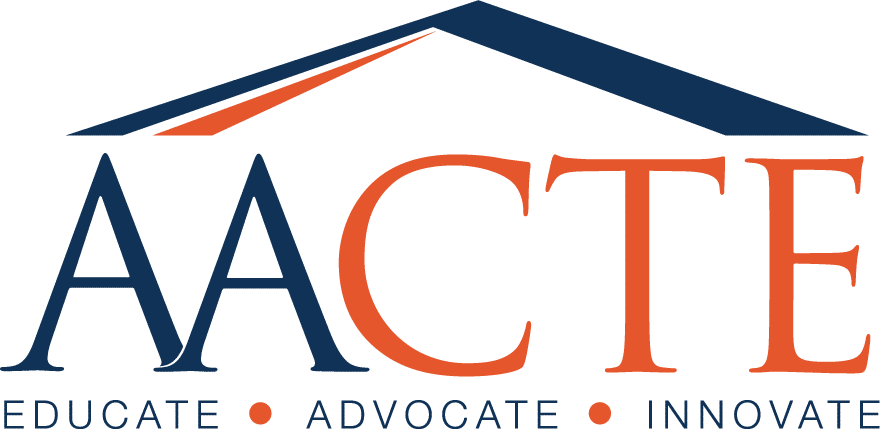What Is the Next Education Workforce and Why Is AACTE Engaged in This Work?
 AACTE’s Strategic Plan holds forth a vision to Revolutionize education for all learners. A bold statement for sure, and our strategic priorities of diversity, equity, and inclusion; high quality preparation; and inquiry and innovation exist to move us toward our vision.
AACTE’s Strategic Plan holds forth a vision to Revolutionize education for all learners. A bold statement for sure, and our strategic priorities of diversity, equity, and inclusion; high quality preparation; and inquiry and innovation exist to move us toward our vision.
As AACTE surveys the work of its member institutions looking for revolutionary ideas and practices, I have been intrigued by the work of member institution Arizona State University’s Mary Lou Fulton Teachers College (MLFTC) and its Next Education Workforce initiative. I invite our college of education deans to join me in adding to the conversation and the work of this initiative at a virtual convening next month.
We have talked for years about declining enrollments, the perception of lack of innovation, and the myriad challenges facing teacher education and colleges of education—as well as the challenges of our K-12 partners in staffing and retaining a classroom-ready teacher workforce. What better time to consider different approaches to our collective work? MLFTC, in partnership with its local school districts, is implementing what it calls the Next Education Workforce models in its service area.
There is a lot that goes into building Next Education Workforce (NEW) models. But at the center of it are three ideas:
- Learner-centered personalization
- Teams of educators with distributed expertise
- The need for meaningful paths of professional advancement for educators
The components of NEW models are not new. The power and potential of the model lies in how schools can bring these elements together in the right way—and in recognizing that the right way will differ from school to school and community to community. MLFTC’s approach has attracted the interest of schools and others. In some contexts, MLFTC has leveraged its large teacher-prep program to work with schools to field teams of residents working under the guidance of a lead teacher. But the model is not just about teacher prep. It also asks in-service teachers to work in teams as a way of delivering better, learner-centered attention to students. And in recognition of the support that teachers need in the classroom, the model also asks us to think about how to use—and, crucially, prepare and train—community educators to complement what professionals do in classrooms.
ASU MLFTC is looking for thought partners and “stress testers” to explore replication of this work through other colleges of education and local district partners. AACTE’s interest is to be a critical thought partner and to explore how AACTE and its member institutions can add to the conversation about NEW. On Thursday, January 28 and Friday, January 29, MLFTC will explore NEW with a two-day virtual convening to discuss questions of equity, deeper and personalized learning, and how to build a more effective and sustainable education workforce. Please join me, members of the AACTE National Office team, and other AACTE member institutions at this virtual convening. Visit workforce.education.asu.edu/building-the-next-normal for more information and registration. I look forward to seeing you there!
Tags: revolutionizing education, workforce development






